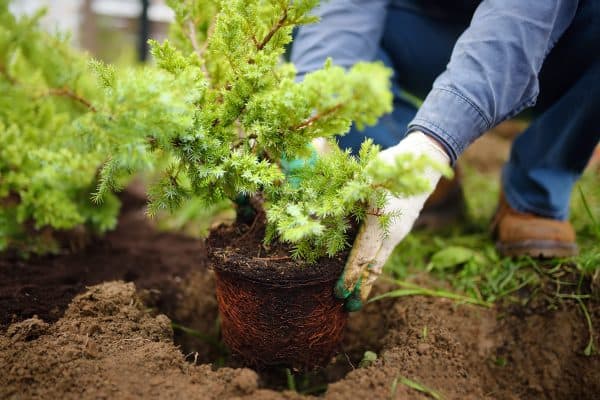Growing and training a bonsai tree can take several years but is one of the most rewarding gardening experiences. Japanese maple is an ideal specimen because they are generally resilient and relatively easy to care for. There are specific ways how to bonsai Japanese maple trees. That said, we have researched information to make the task simpler for you!
Pick a young tree with a considerably thick trunk, multiple branches, and rich foliage. Prune off most of the leaves to reveal the structure and select the branches you want to retain and develop. Decide on the height you prefer and cut diagonally right above a branch that will become the new apex.
Bonsai cultivation is a living art form that entails time, patience, and continuing care and maintenance. The development process, however, is an essential part of manicuring the tree since you basically influence and determine how the tree grows.
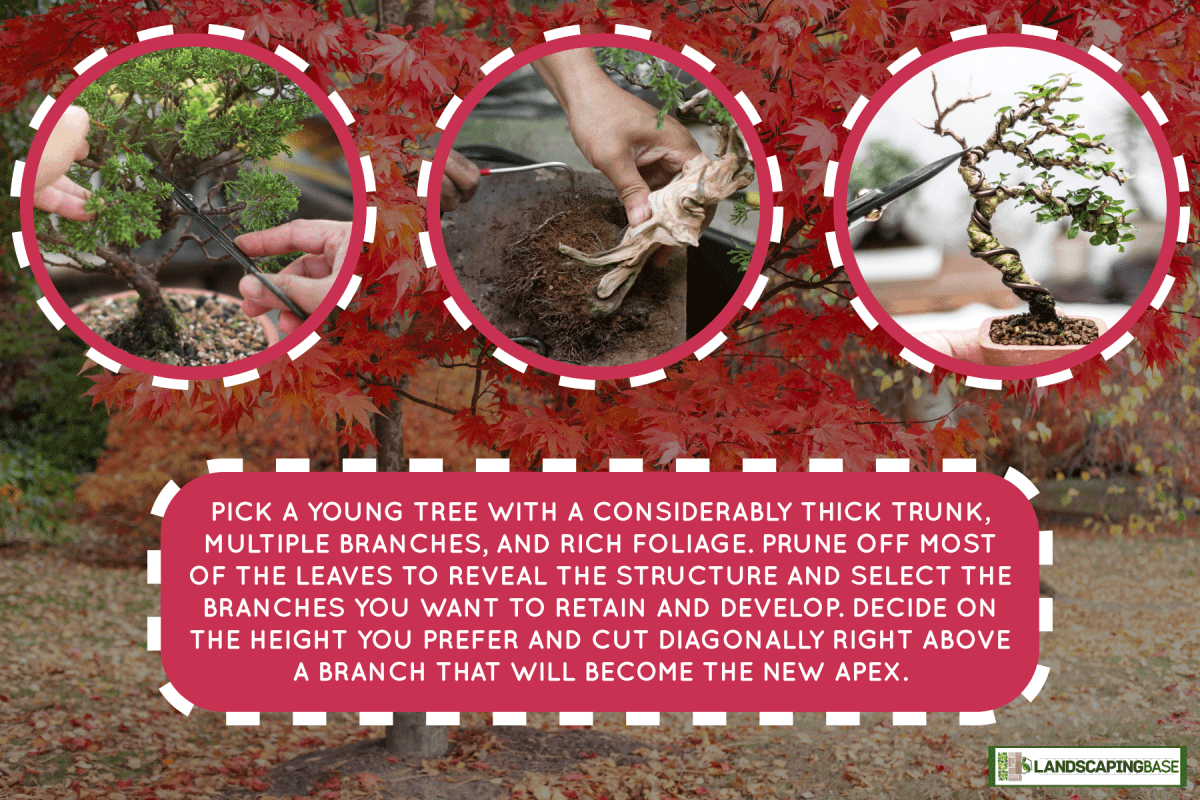
Selecting Your Bonsai Tree
In traditional bonsai practice, naturally occurring trees that have been stunted by the elements are harvested and further trained and developed in shallow pots to emulate their habitat.
Nowadays, you have a wide selection of species available in plant shops and nurseries that have bonsai potential. If you already own a Japanese maple that is quite young and still in its growth stage, it would be an ideal specimen as well.
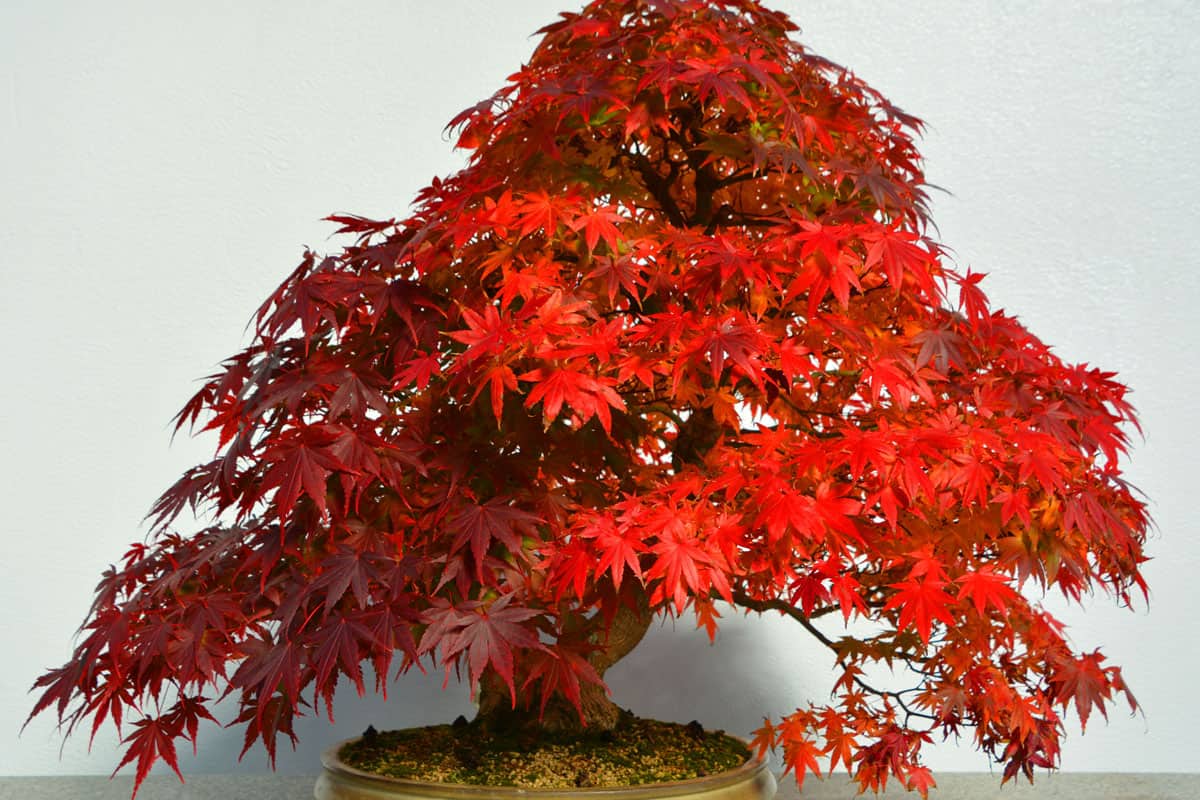
To begin with, selecting a tree that is short and thick with rich foliage would make an excellent bonsai. A trunk that tapers with multiple branches that seem to grow wild and aimlessly is actually ideal because you have more structures to pick from and work with.
A young tree with branches that are in the development stage would be easier to train and form since they are resilient.
How To Prepare Japanese Maple For Bonsai
Once you have decided on a tree to develop, the initial step is to partly defoliate and remove all excessive growth to expose the overall structure and configuration of the specimen.
Next, determine the appropriate height by considering the girth or thickness of the trunk. The proportion between the two ultimately defines the beauty and character of your bonsai. Keep in mind that it should resemble an actual tree, only in miniaturized form.
To illustrate, a tree with a 2-inch diameter trunk would feature a balanced structure if grown under a foot high. Make a clean diagonal cut based on the ideal height to create a tapered end or apex.
Observe the tree from all sides and select the branches you want to maintain and develop. Prune off growths that are close to the base as well as low-lying branches since the lower third of the tree has to be clear to provide a visual foundation and establish a point of origin.
Trim the remaining branches in such a way that the tree features a triangular form with the apex as its terminal, pointed end.
How To Pot A Bonsai Japanese Maple
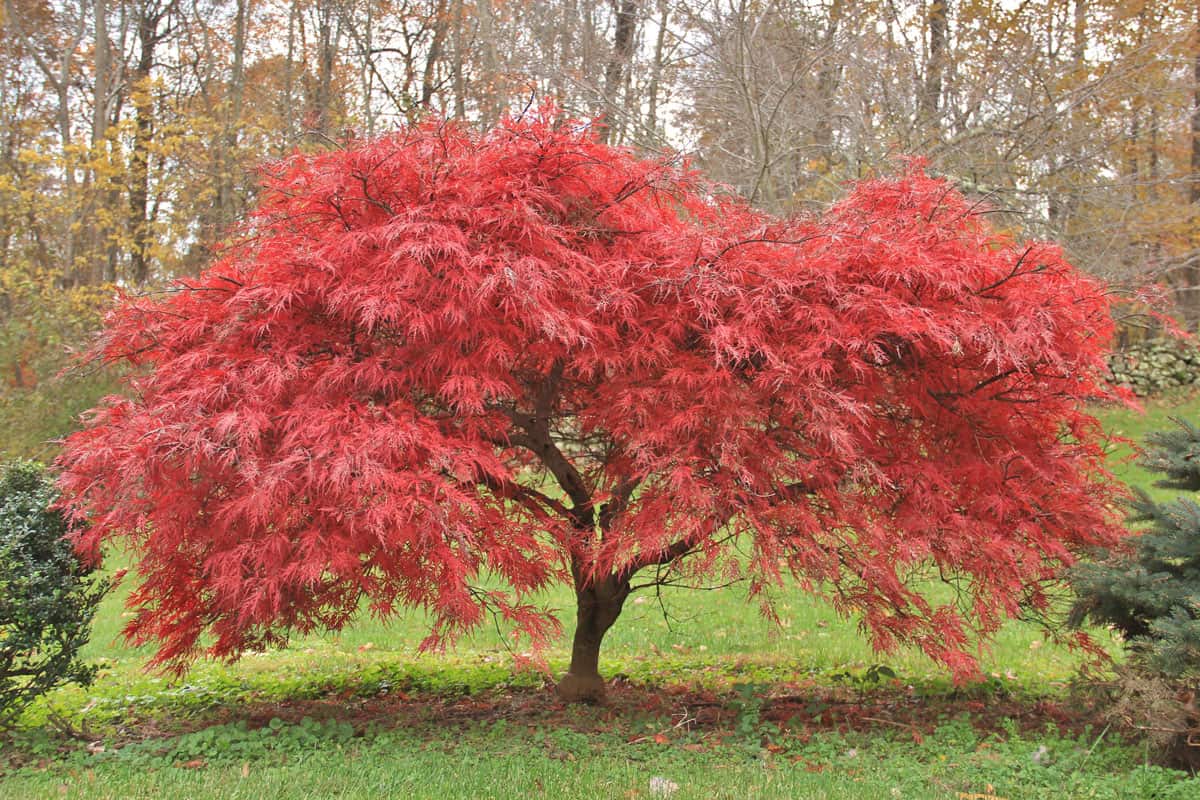
Carefully select a shallow pot that would function to be the tree's development medium. It would be necessary to prune part of the root system to accomplish this but it is a part of bonsai culture and is essential in its maintenance.
It is common practice to anchor the tree with wires looped through the pot's drain holes to help establish the young bonsai. A potting mix with equal amounts of organic compounds and materials that promote drainage would optimize its growth and eventual development.
Coincide defoliation with root pruning to balance the nutrient requirements with the capacity of the roots to provide them.
How To Wire A Bonsai Tree
Bonsai wiring is perhaps the most complex process that requires care and skill since it would determine the finished look of the tree. Aluminum and copper are the most suitable kind of wire for bonsai since they do not conduct heat into the branches.
The general rule is to use wires that are a third of the thickness of the branch it is applied to. You could actually delay the process for a few months while the tree is being established in its new pot to give the branches time to develop new growth.
When you finally decide to go on, study the overall structure of the tree and try to envision the desired form you want.
Begin with the lowest branch by anchoring the wire to the trunk and wrapping it evenly around at a 45-degree angle from the base to the tip. Make sure the wire is not wound too tightly to avoid scarring the branch.
You can now bend the portion to create movement, a term bonsai enthusiasts use to describe the character of a manually formed branch.
Repeat the process with the remaining branches until you are satisfied with the general effect.
Wires should not be attached for more than six months since they may dig into the growing branches and produce scarring. Splice off the wires and do a new application.
Caring For Japanese Maple Bonsai
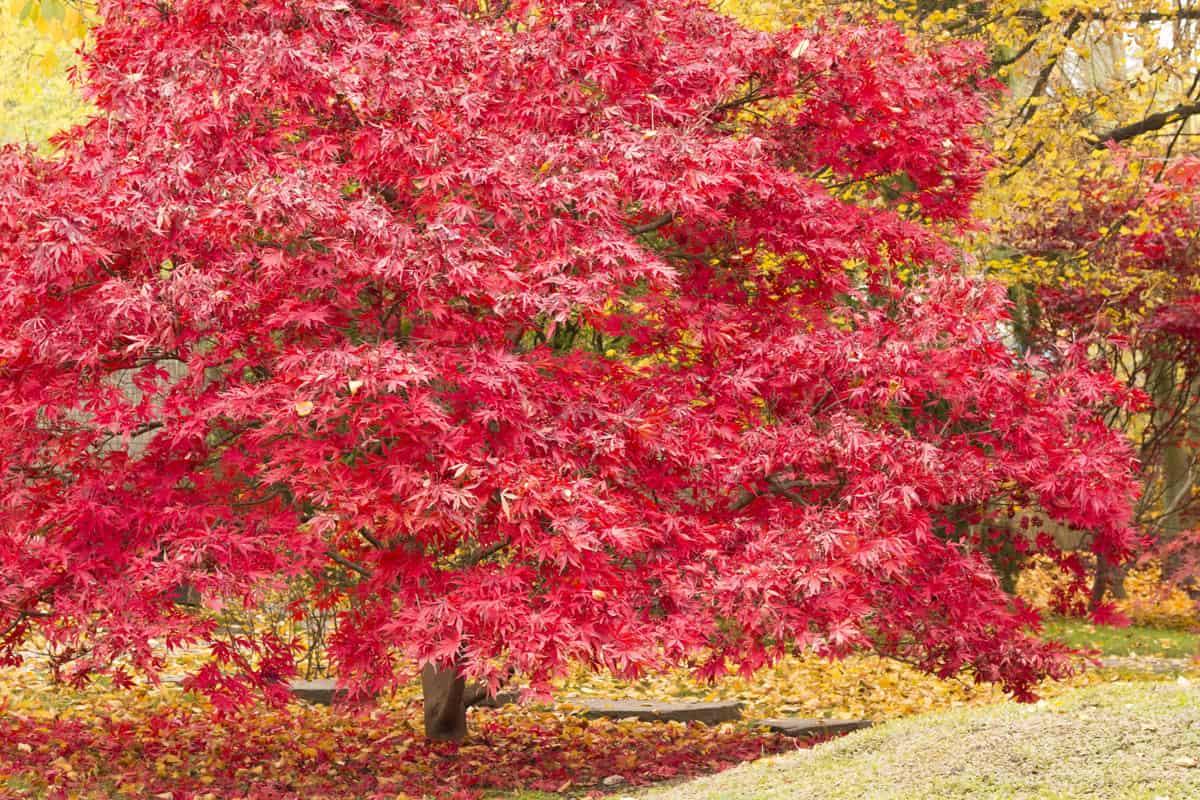
Japanese maple bonsai have specialized care and development needs as compared to regular trees. While this is true, they are easy to care for and are a great choice for beginners and enthusiasts alike.
How Much Sun Do Japanese Maples Like
Unlike other bonsai specimens, Japanese maple prefers less sunlight exposure. They grow and thrive best when exposed to the morning and late afternoon light, but they cannot tolerate the harsh mid-afternoon rays.
To avoid having burnt or scorched foliage, it is ideal to place them in shady areas around your garden. Apart from this, they require ample protection against the sun’s rays all throughout the summer months because of that same reason.
How To Water Japanese Maple Bonsai
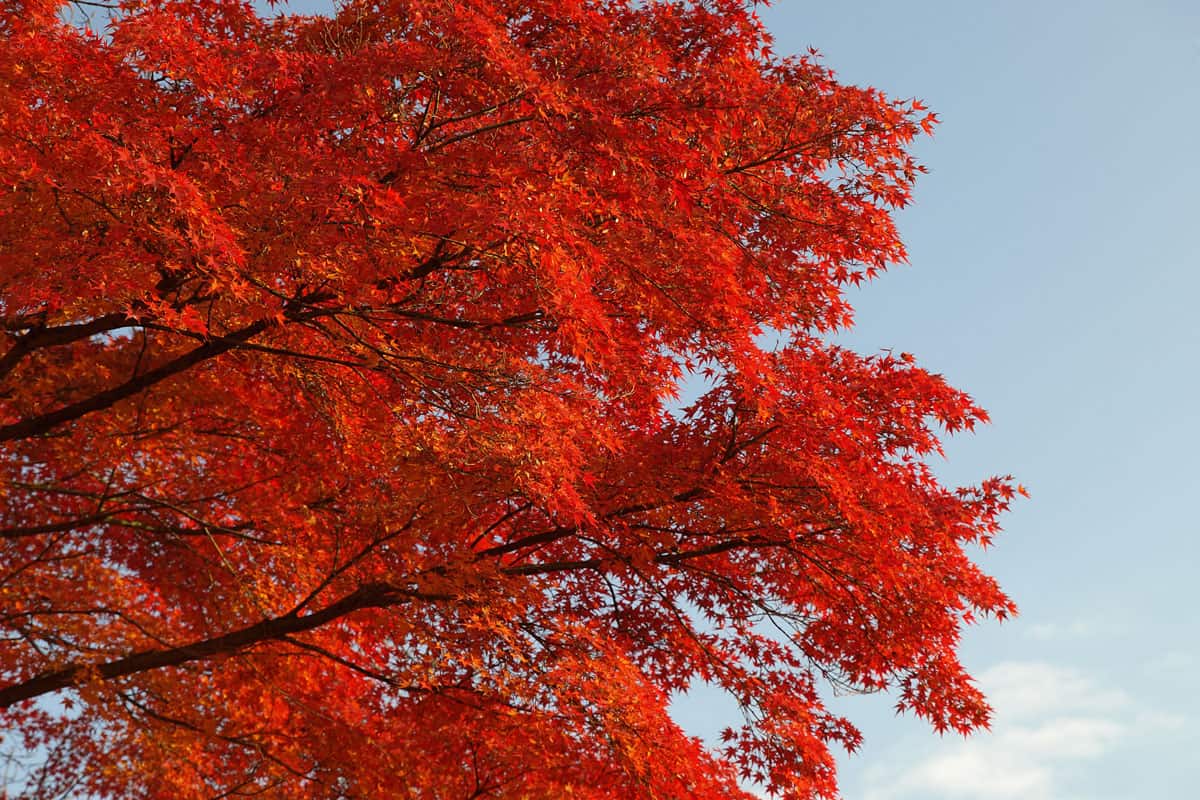
If the tree itself is rootbound, then you will have to hydrate your bonsai regularly. Given that it has already outgrown its pot, it can no longer receive the moisture needed for growth and development.
Since the rootball of newly planted or repotted bonsai is occasionally pruned and reduced, they must also be watered regularly. Check if the topsoil feels dry, then hydrate your tree as necessary.
During spring and summer, Japanese maple may need to be moistened more often, especially amidst long dry spells. While this is the case, the opposite applies throughout the fall and winter months. Water your tree less frequently to avoid waterlogged soils.
As a tip, you can cover the base of the trunk with a living mulch such as moss. It retains dampness and regulates temperature, providing your tree with adequate moisture.
What Type Of Soil Do Japanese Maples Prefer
Planting your bonsai in well-draining soil is necessary for its survival. Since you are regularly watering your tree, it is ideal to grow them in environments that allow water to flow freely. This prevents pooling and waterlogging that causes root rot.
Using a bonsai potting mix is recommended because this product is specifically designed to accommodate your tree’s overall soil and nutrient requirements.
Apart from this, ensure that your Japanese maple is planted in an acidic soil mixture that has a pH level between 5.5 and 6.5. This is because the roots are sensitive to soils with high alkalinity – they tend to break down.
When To Fertilize Japanese Maple Bonsai Trees
Japanese maple bonsai has to be fertilized more often using a solid organic or liquid fertilizer, particularly with mature specimens. These products contain all the micronutrients needed for healthy growth and development.
The seasons have a considerable effect on your bonsai’s feeding requirements. To illustrate, the spring and summer months are considered as the growing seasons. Due to that fact, applying general-purpose fertilizers is necessary.
Feeding requirements vary during the fall. In this season, use fertilizers with no nitrogen content, and be sure to cut back on fertilizing. This prevents the leaves from becoming unnecessarily large.
Lastly, read the labels for the proper dosage needed per application.
What Trees Can Be A Bonsai?
Ficus Bonsai
Ficus is the easiest bonsai to grow for beginners. Unlike other specimens, this tree can be placed indoors as long as it receives adequate sunlight. Since they are from tropical regions, they cannot tolerate frigid conditions so be sure to keep them inside your home when temperatures drop.
Boxwood Bonsai
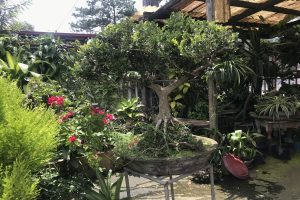
Boxwood, also known as Buxus, comes in two varieties – European and Chinese boxwood. The latter is ideal to use as a bonsai specimen.
The tree itself grows well when placed in semi-shaded or sunny locations, however, keep them indoors when temperatures are too high to avoid burnt or scorched foliage.
Bougainvillea
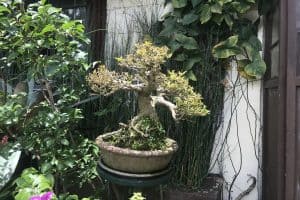
Bougainvilleas are evergreen shrubs that produce clusters of trumpet-shaped flowers. In order for them to bloom, keep them in areas where they can receive full sunlight, hydrate them only when the soil is dry, and apply fertilizers during the growing seasons.
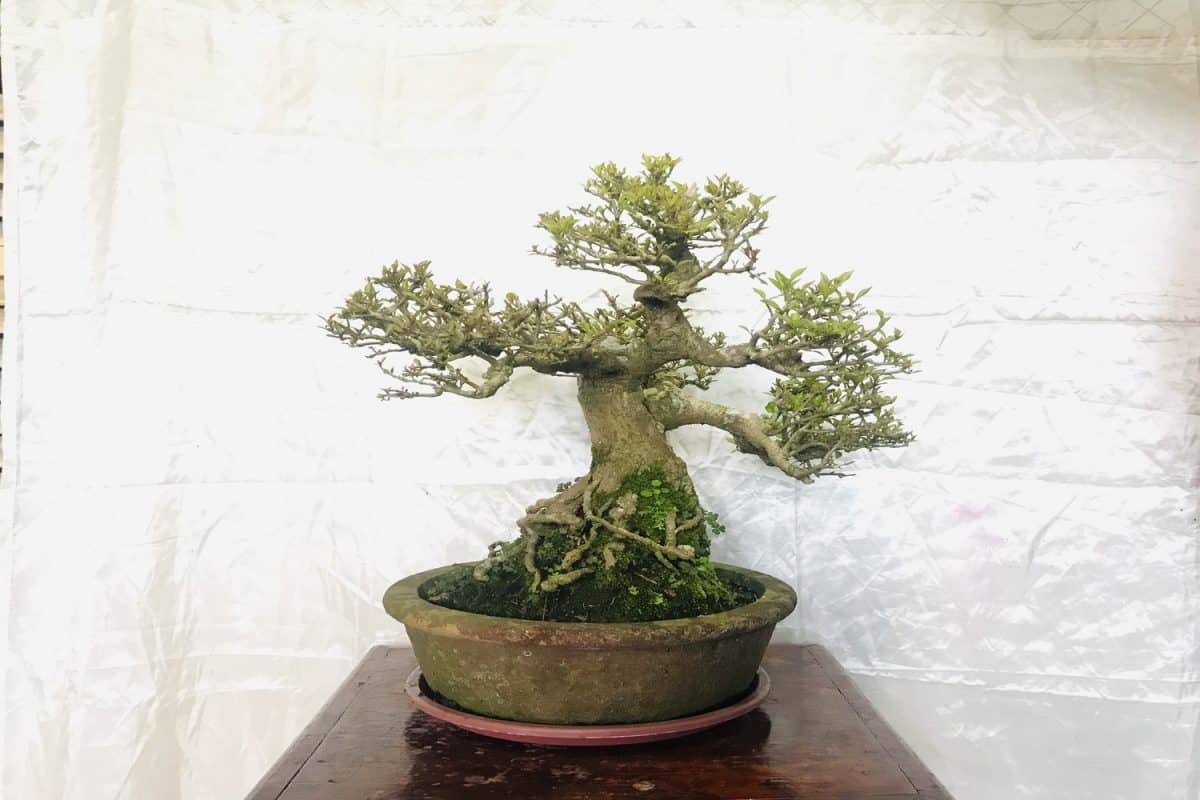
Juniper Bonsai
Juniper, also known as Juniperus, is a coniferous tree that is classified under the cypress family. Place your bonsai in sunny locations, water them when the soil is slightly dry, and apply organic fertilizers amidst the growing seasons.
In Closing
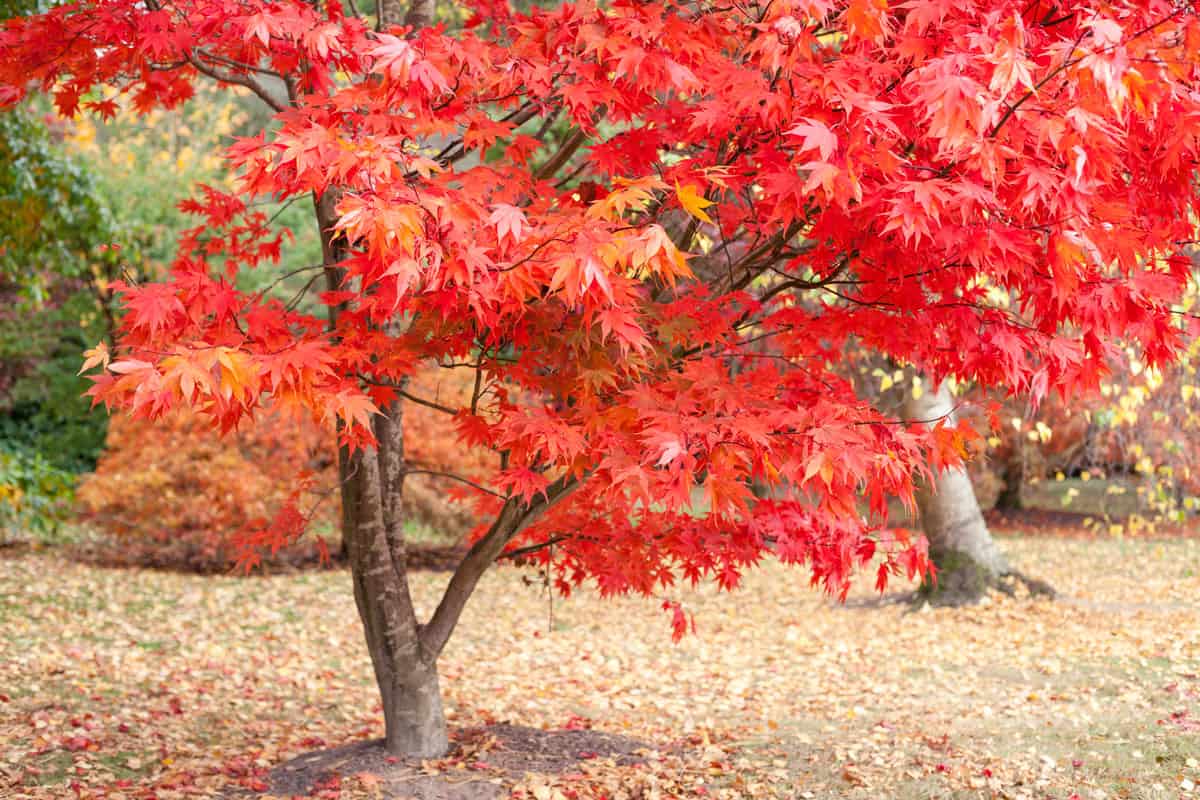
Japanese maple is relatively easy to train and develop as bonsai. Follow the guidelines while enjoying the process of training your tree. We hope this article helped you with the ways how to grow and achieve your desired bonsai specimen.

![man replanting herb with yellow flowers for use in landscaping. 15 Perennials That Absorb Water [Incredible Choices For Foundation Landscaping]](https://landscapingbase.com/wp-content/uploads/2022/09/man-replanting-herb-with-yellow-flowers.-15-Perennials-That-Absorb-Water-600x400.png)
![Big custom made luxury house with nicely trimmed and landscaped front yard, South Facing Front Yard Landscaping Ideas [17 Ideas To Increase Your Curb Appeal]](https://landscapingbase.com/wp-content/uploads/2022/09/BIGCUS1-600x400.jpg)
